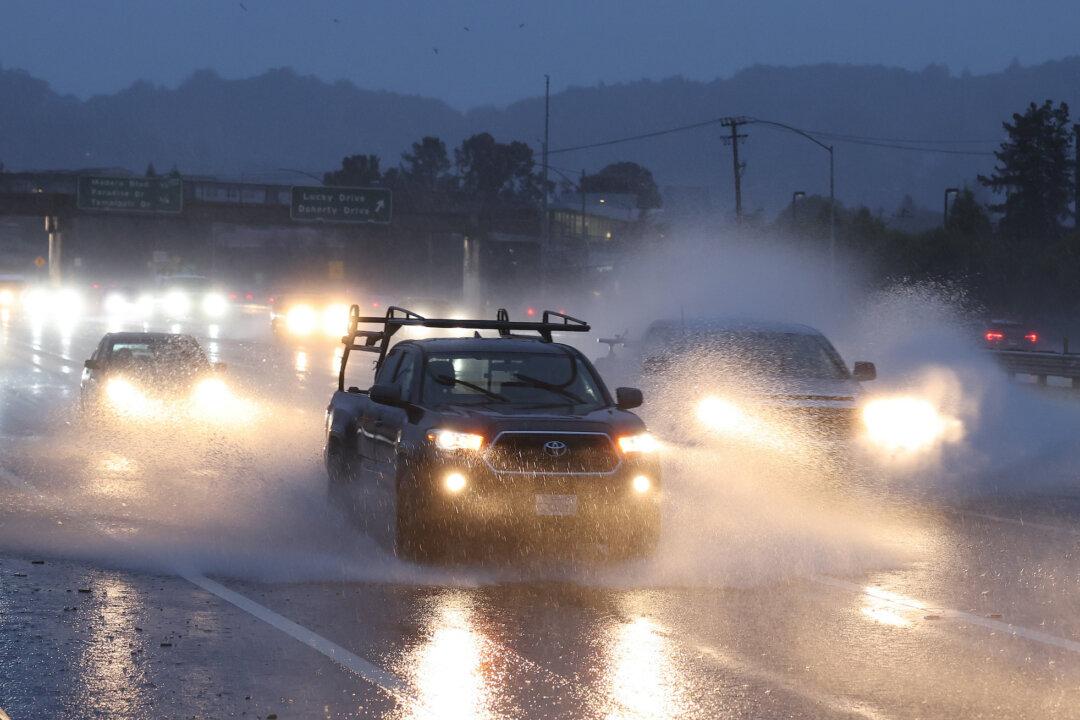California Gov. Gavin Newsom declared a state of emergency across the state on Wednesday to support its ongoing response to recent winter storms.
The state was bracing for a series of strong weather systems in Northern California expected to bring heavy rains and flooding throughout the area starting Wednesday and continuing for the rest of the week.





